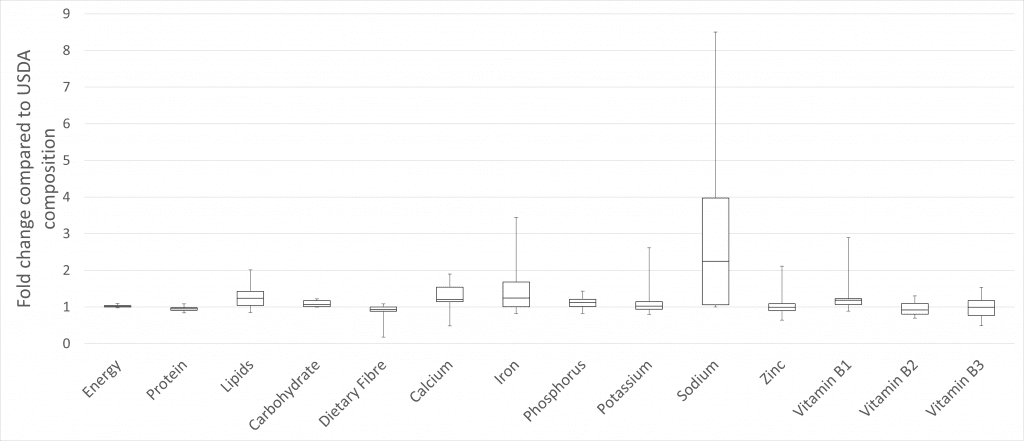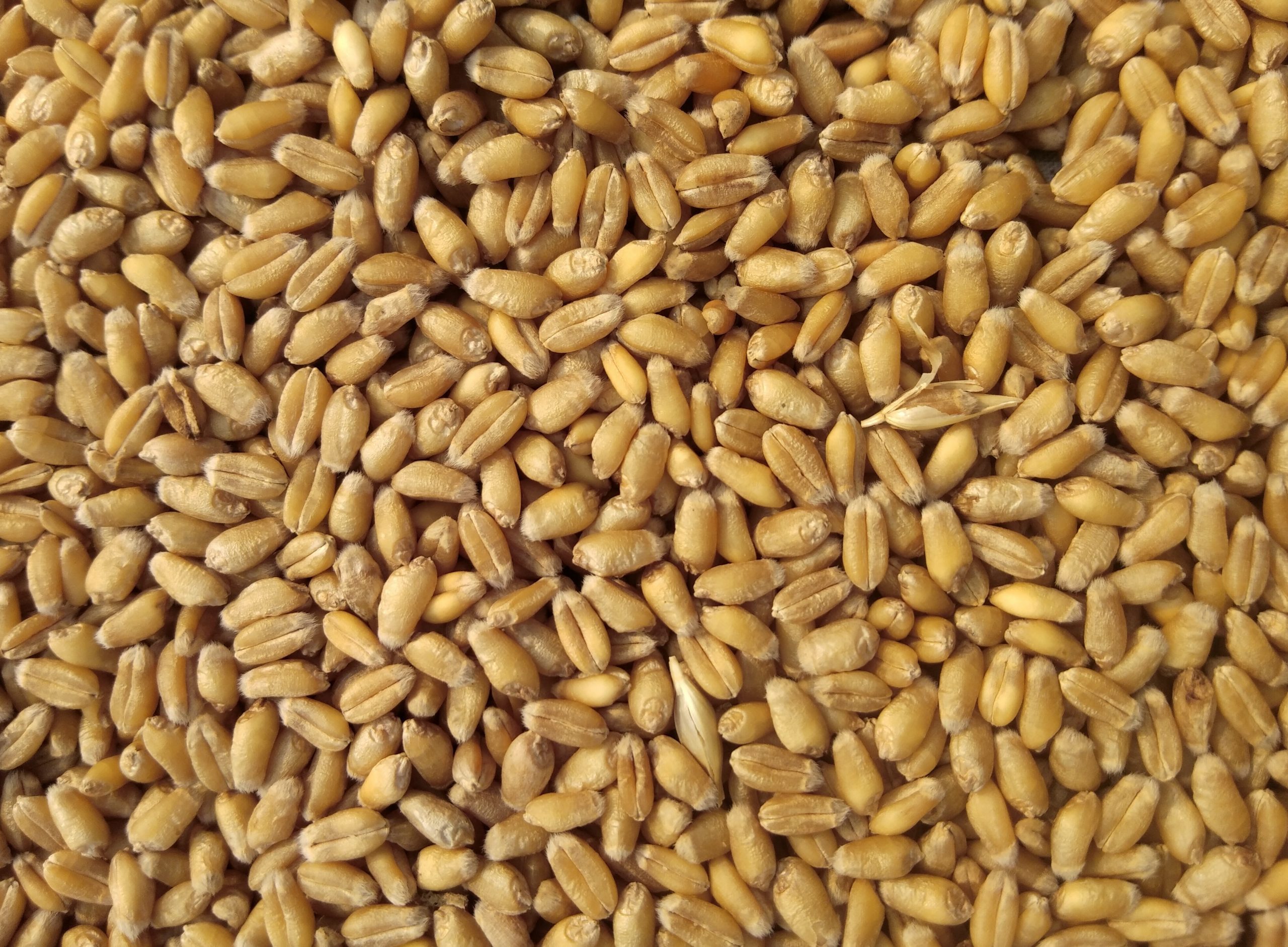08 Feb Variation in global food composition data
In a recent joint project between SNi and Monash University, the difference between wheat composition data recorded in different national databases has been quantified. This gives an insight into how different the nutritional composition of crops grown in different regions may be, as well as the resulting impacts for nutrition modelling.
The SNi DELTA Model relies on the food composition database maintained by the United States Department of Agriculture (USDA) for calculation of the nutrients available from global food production. However, the same food item produced in different regions can have different nutrient profiles. This project aimed to understand how different food compositions can be around the world, and what impact this might have on the predictions of the DELTA Model.
Nutrient composition data for raw wheat grain was extracted from 19 national databases. This data was then compared to the USDA wheat composition.
Minor variations were found in the macronutrient compositions across the 19 countries assessed: energy varied by a maximum of 10% from the USDA data, protein by 16%, and carbohydrates by 22%. The mean values for these macronutrients across the databases varied by less than 10% from the USDA values.
Data for the micronutrient content of wheat was more varied, and not always present in every database. The mean values for phosphorus, potassium, zinc, and vitamins B1, B2 and B3 were largely consistent with the USDA across the databases. Iron and calcium showed greater variability between countries, but on average were consistent with the USDA. Outliers were present in the data: the New Zealand wheat iron content and the Turkish wheat sodium content were around three times the mean value. Sodium is not currently included in the DELTA Model.

The general consistency between the USDA data and other global databases is reassuring. Minor variations in the nutrient composition of wheat, and the fact that wheat is one of a multitude of food crops consumed around the world, means that global nutrient availability predicted using the USDA wheat data should be indicative of global nutrient availability if more localised wheat data were used.
What is not clear from this analysis is how much of the variation is due to actual differences in wheat composition, and how much is the result of other differences, such as the analytical methods used in the construction of each database. Moreover, this work deals solely with wheat; a project is ongoing to establish the degree of variation between food composition databases for other foods.
SNi would like to thank the Monash University School of Chemistry for their collaboration on this project, and in particular Anders Ng who undertook this research as part of his MSc studies.
Photo by Avinash Kumar on Unsplash






